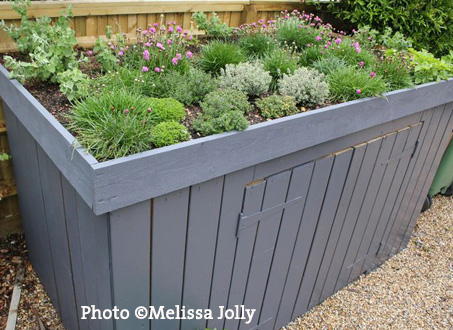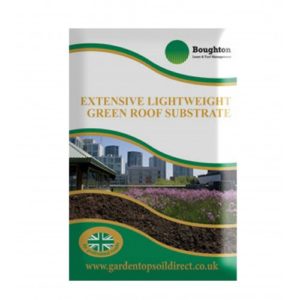No products in the basket.
Creating Your Own Green Roof
Green roofs are becoming increasingly popular in urban areas to provide green space and aesthetic diversity to a built up landscape. They provide many benefits such as improving air quality, providing a fabulous habitat for wildlife, slowing water runoff and preventing gutters from overflowing.
Small projects such as garden sheds and garage roofs can be undertaken by virtually anyone. Adding a green roof area to your home or garden does not only aesthetically improve your garden, but provides a great tool for assisting in tackling the effects of climate change.
There are three types of green roofs;
1. Lightweight Extensive – the simplest roof type that is very low maintenance using sedum plant.
2. Extensive – the one we like! Using a mixture of sedum and wild flowers. Supports more wildlife than sedum alone.
3. Semi-intensive- more like a garden than a roof top. Using a mixture of ornamental plants, herbs and small shrubs. High maintenance and requires professional help to construct.












